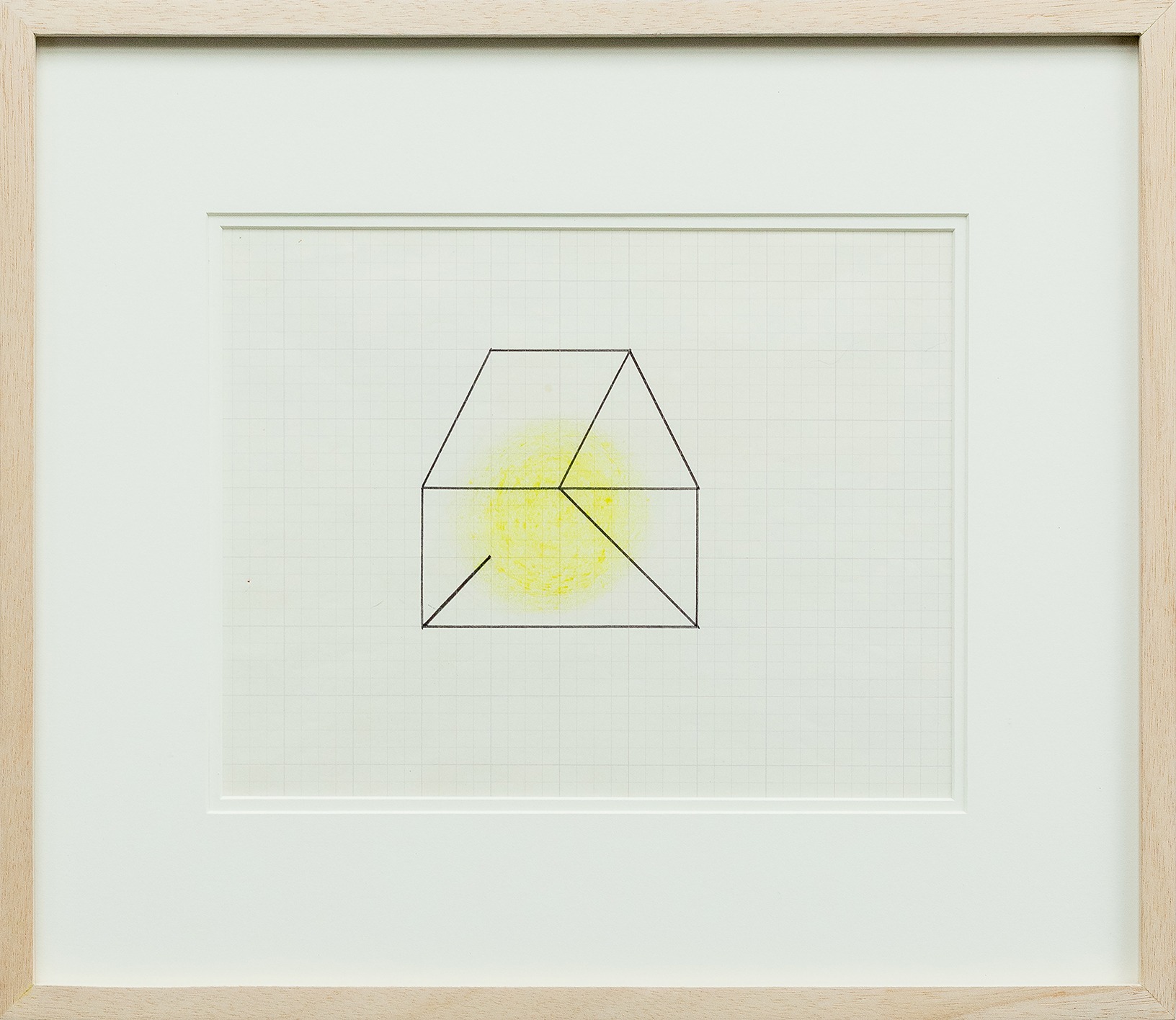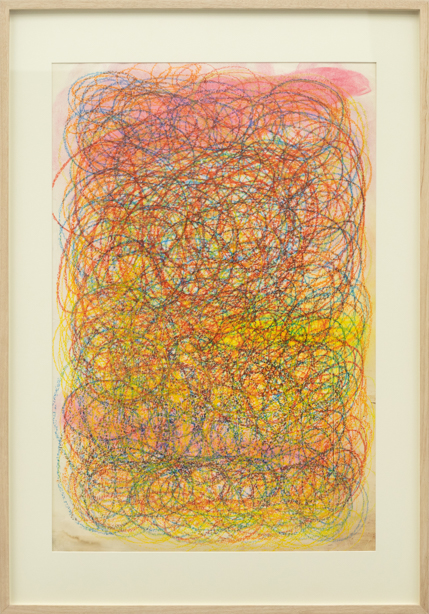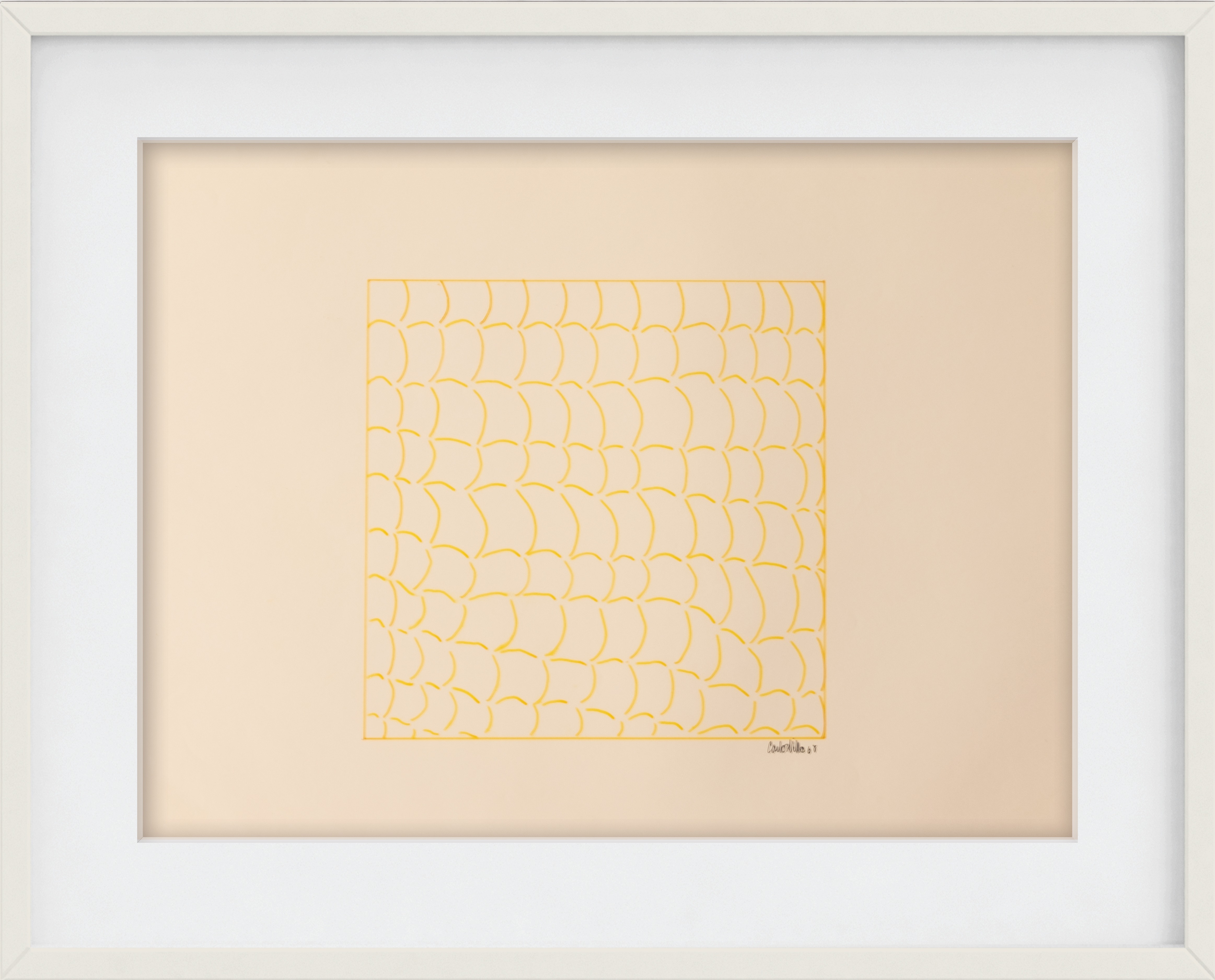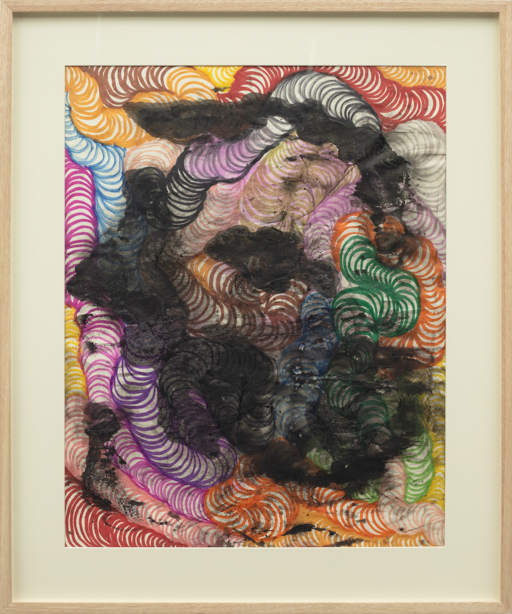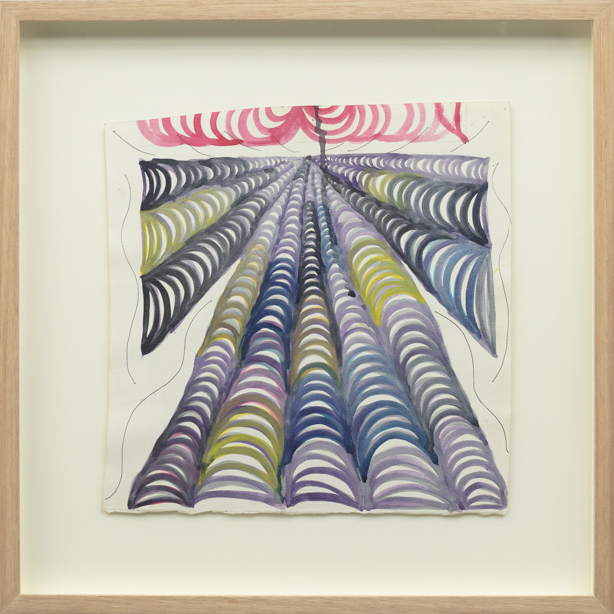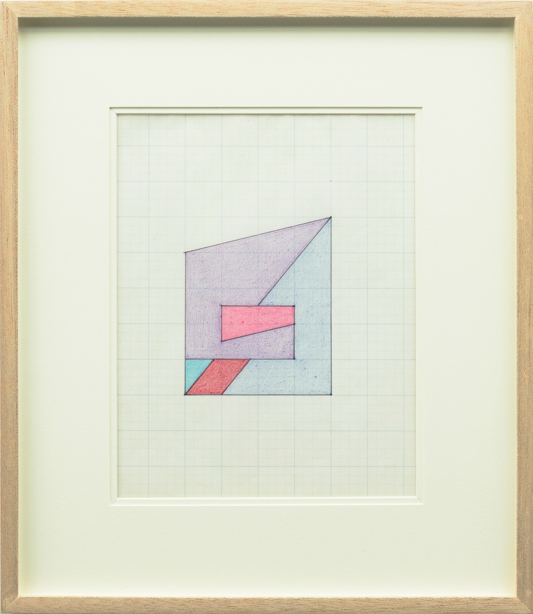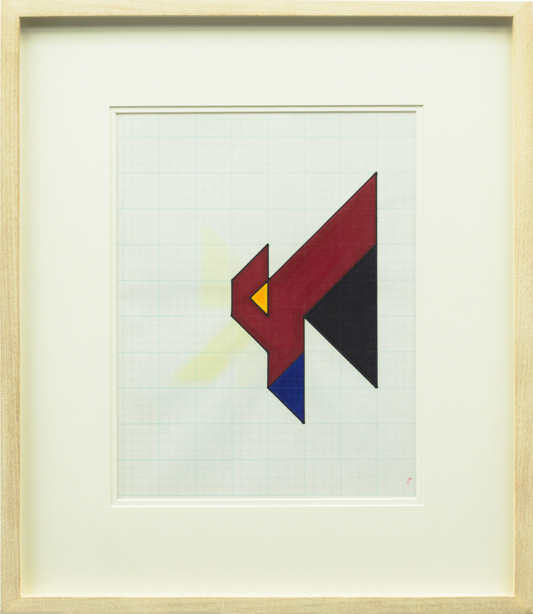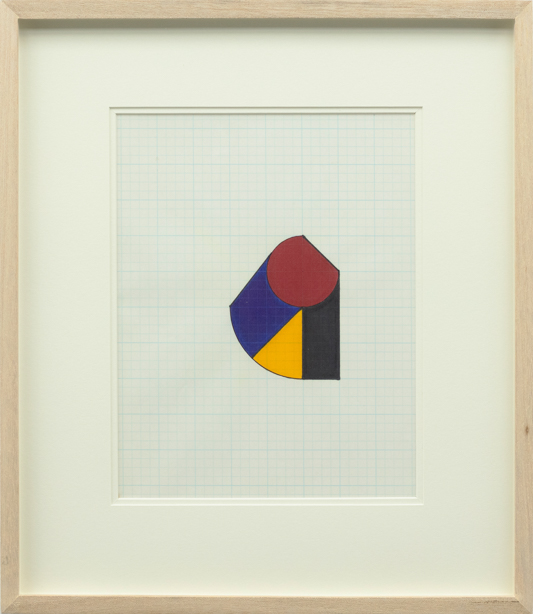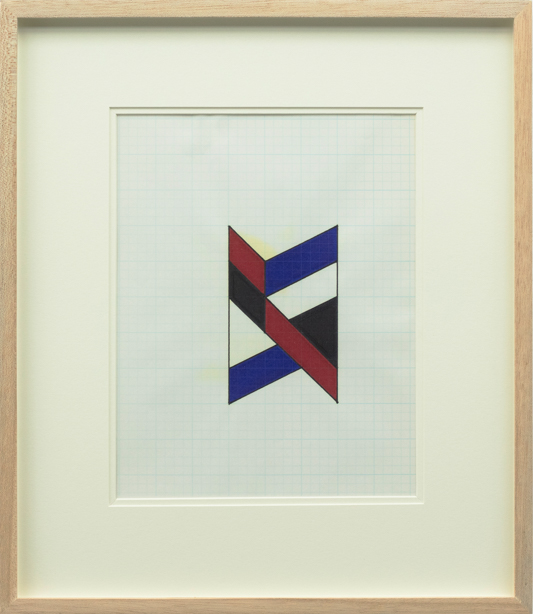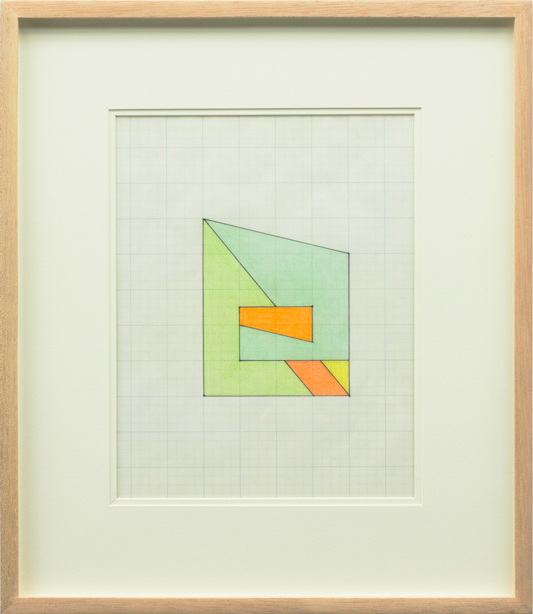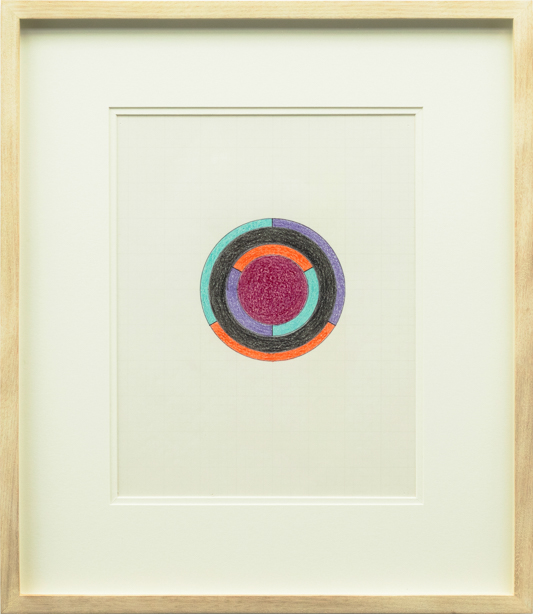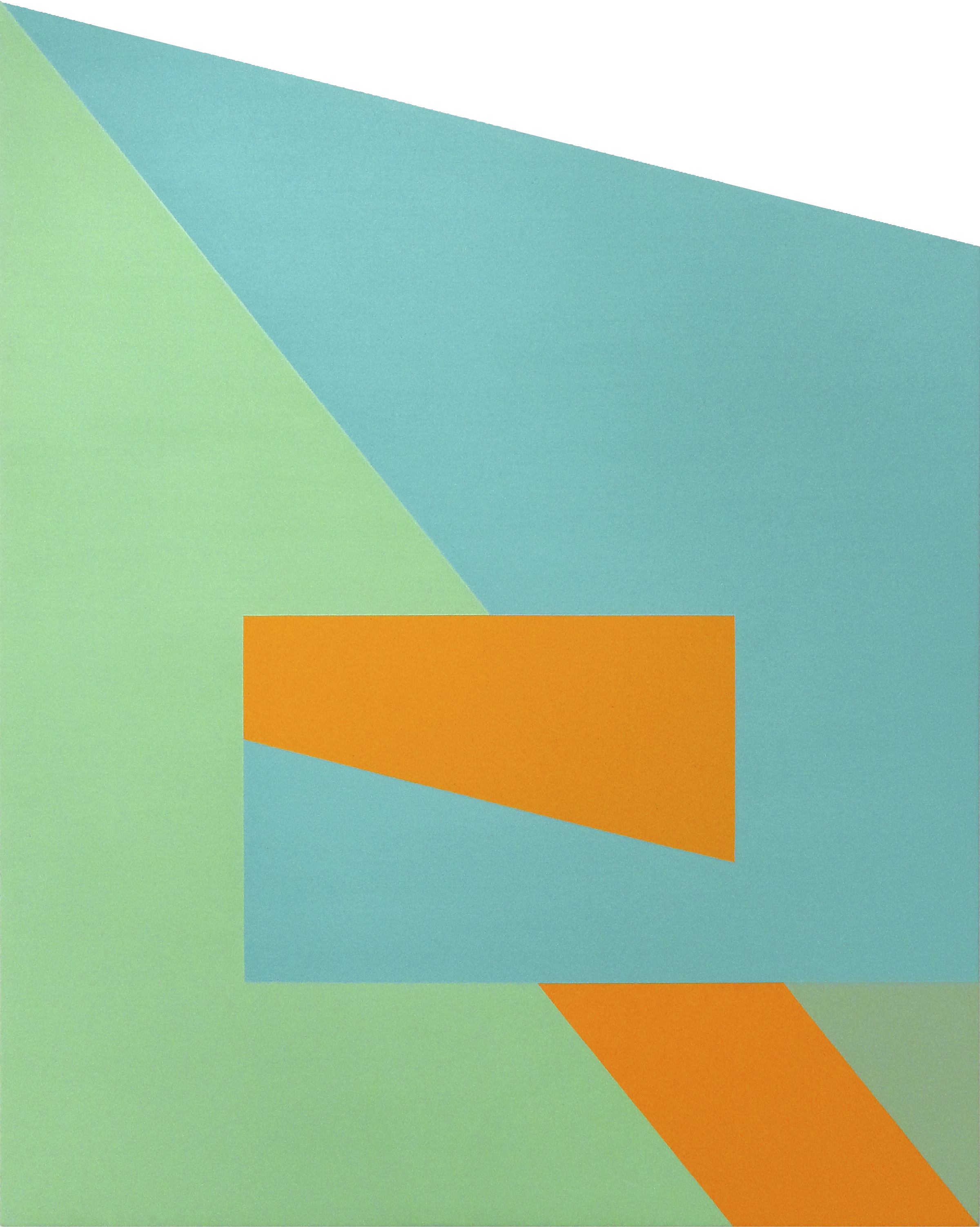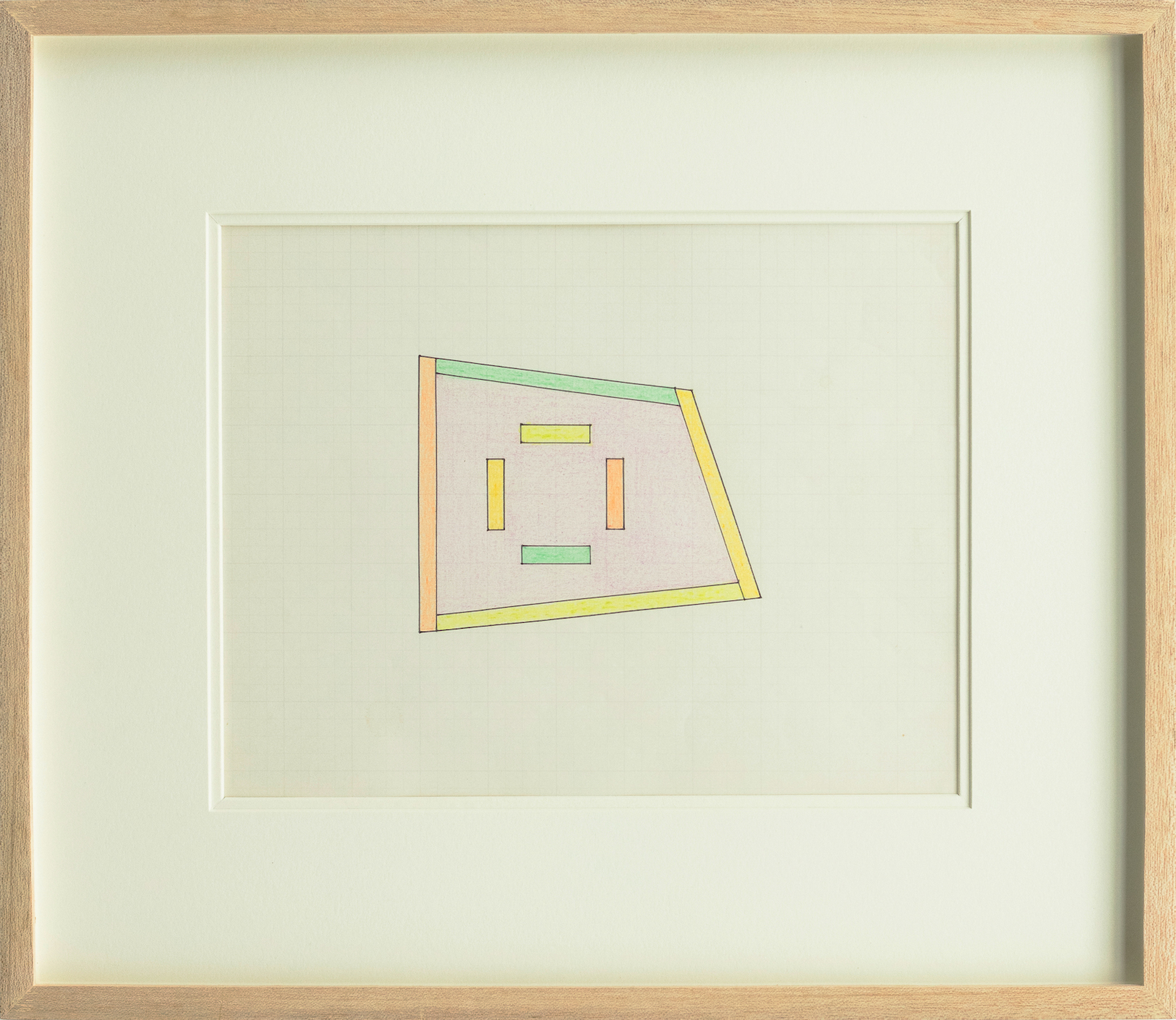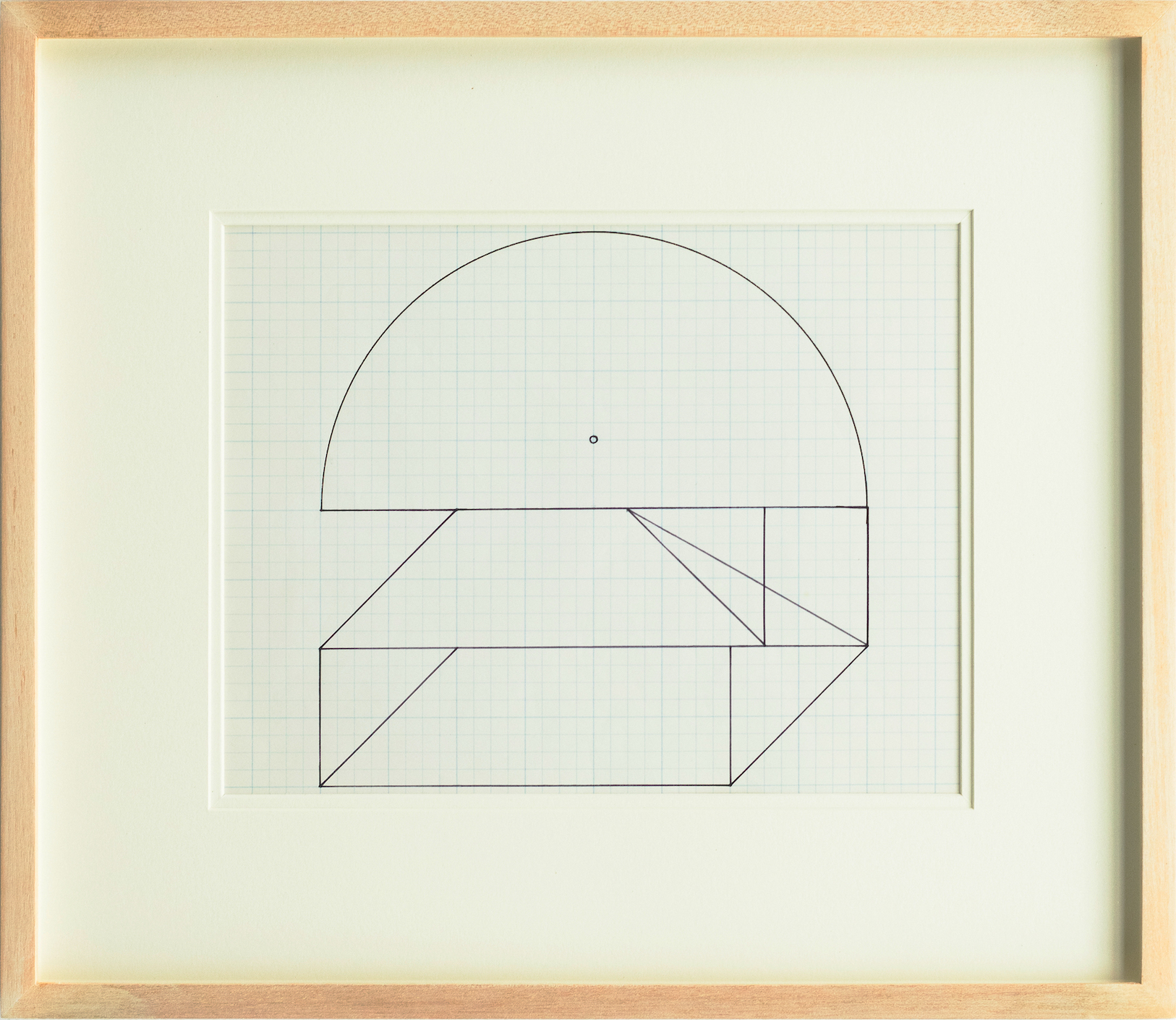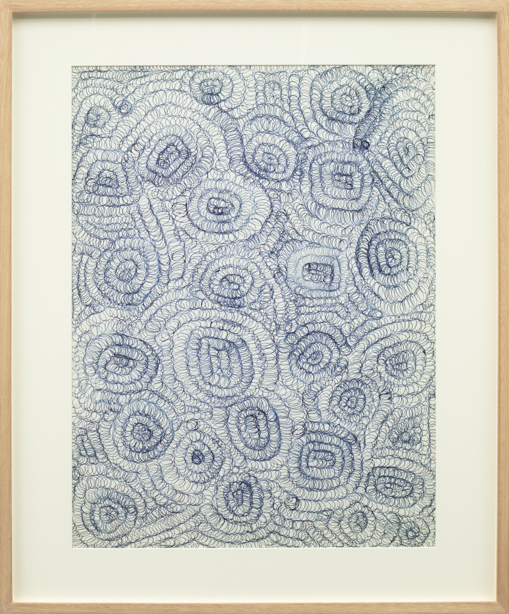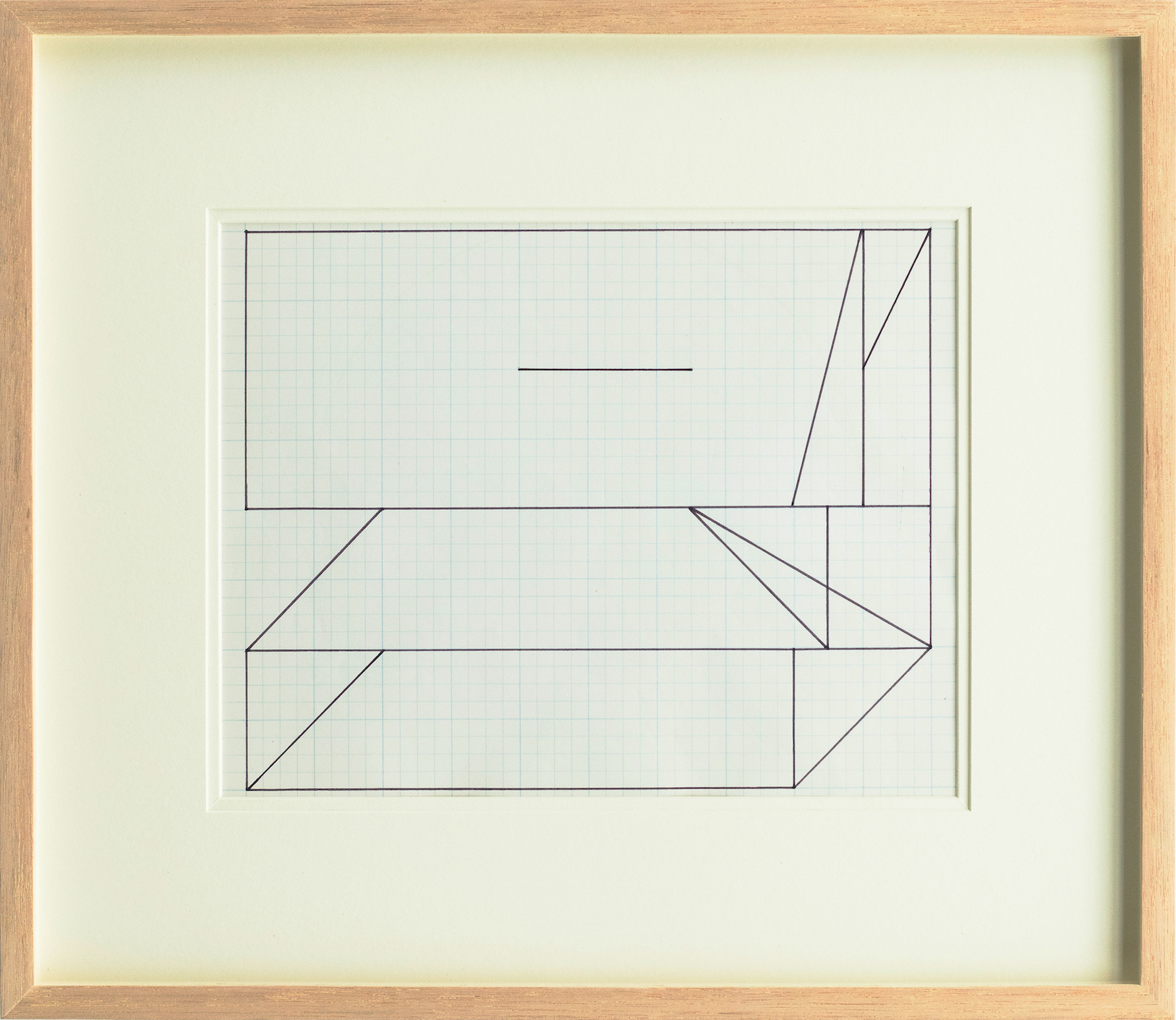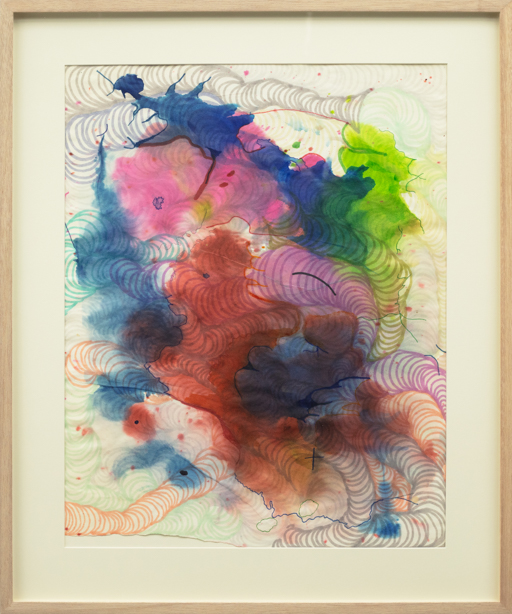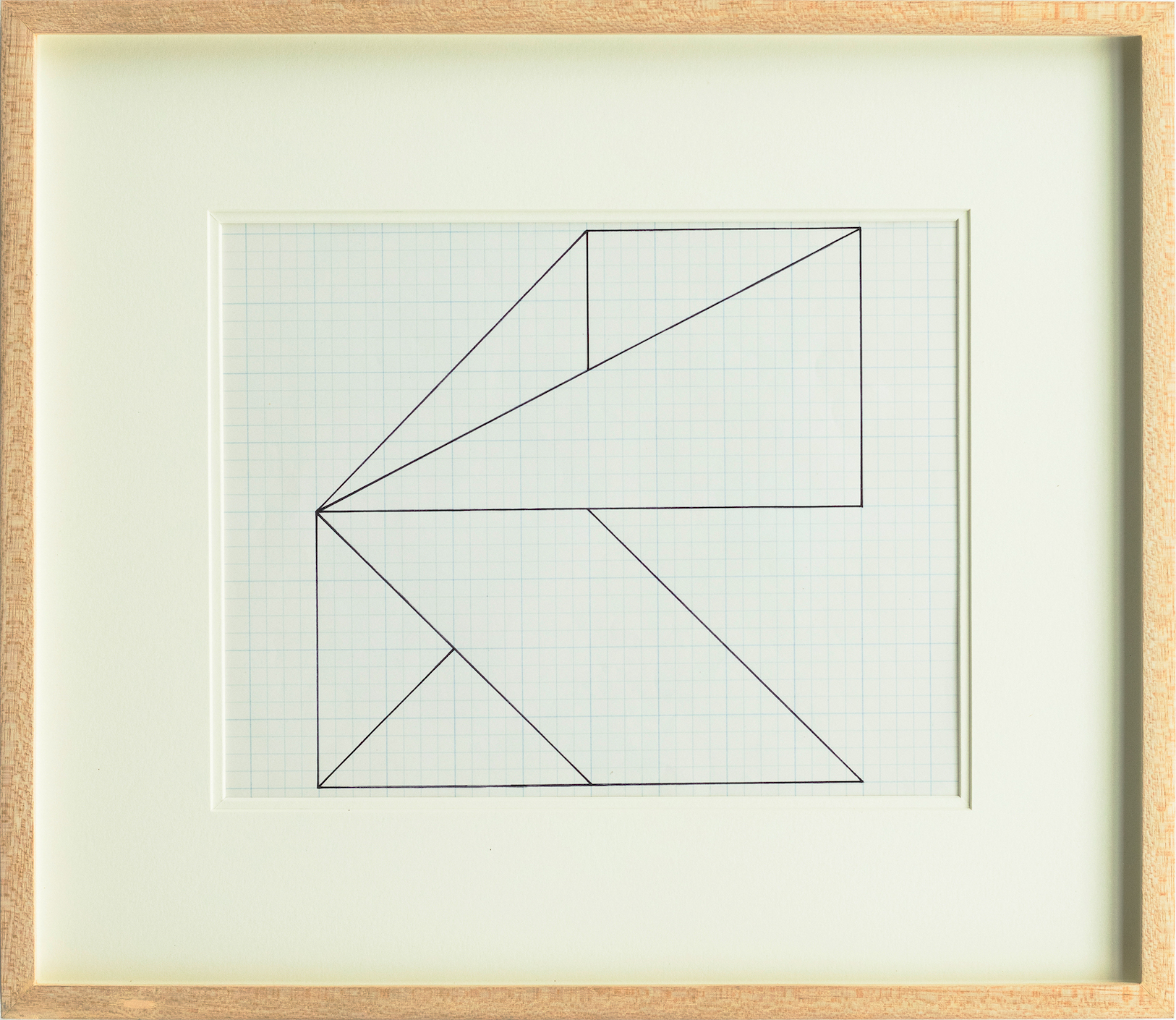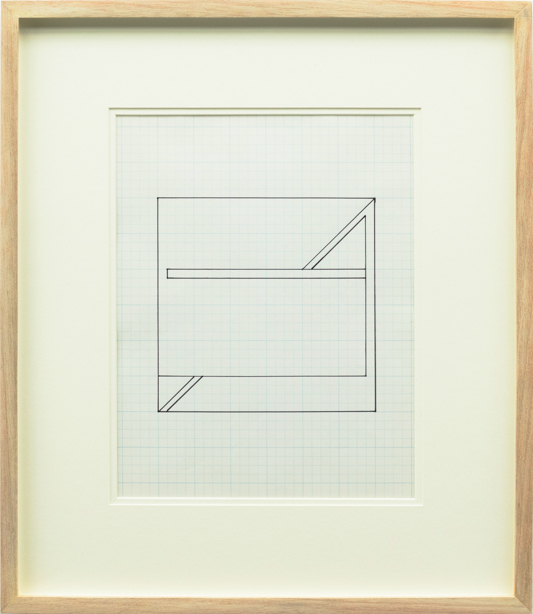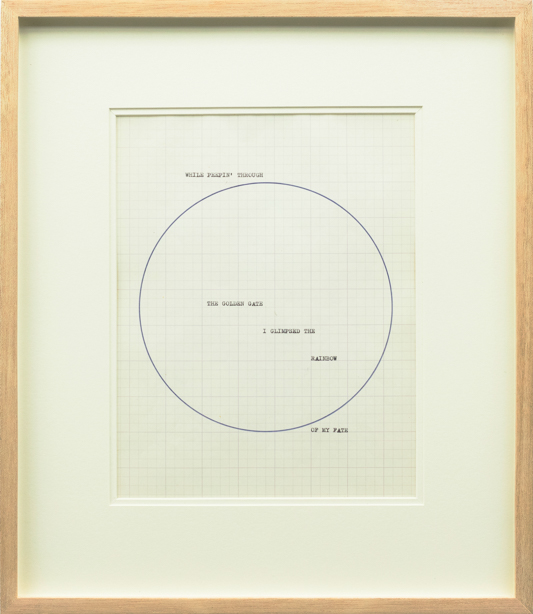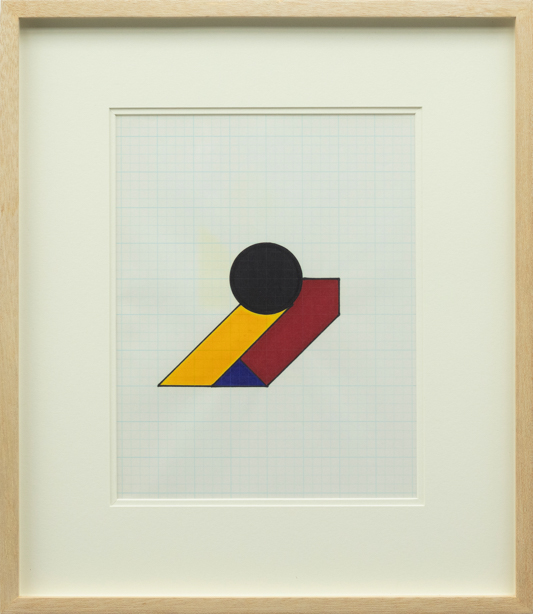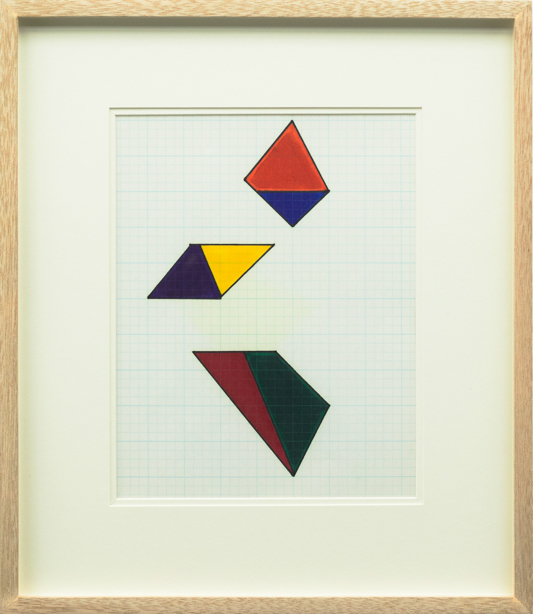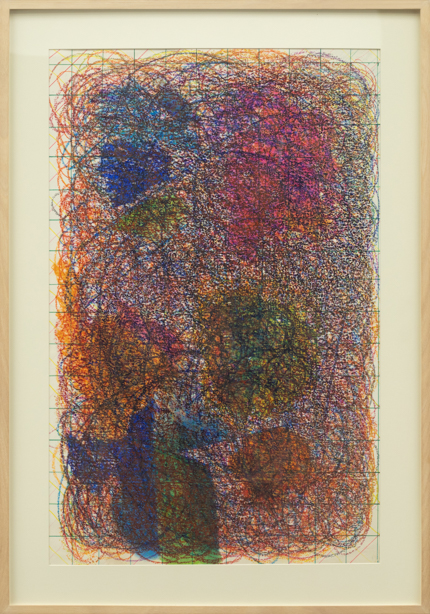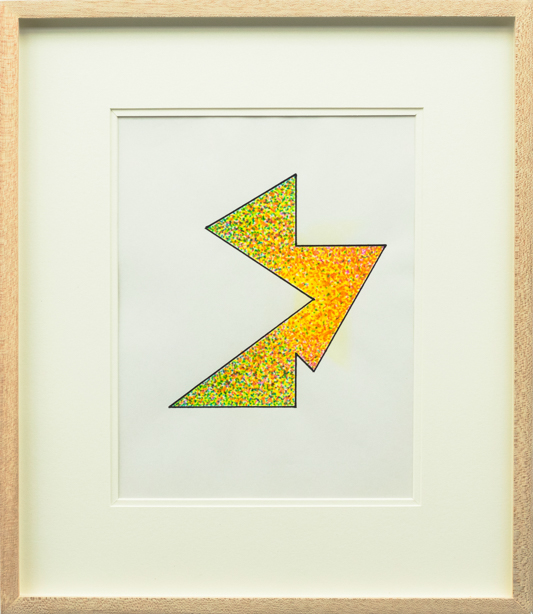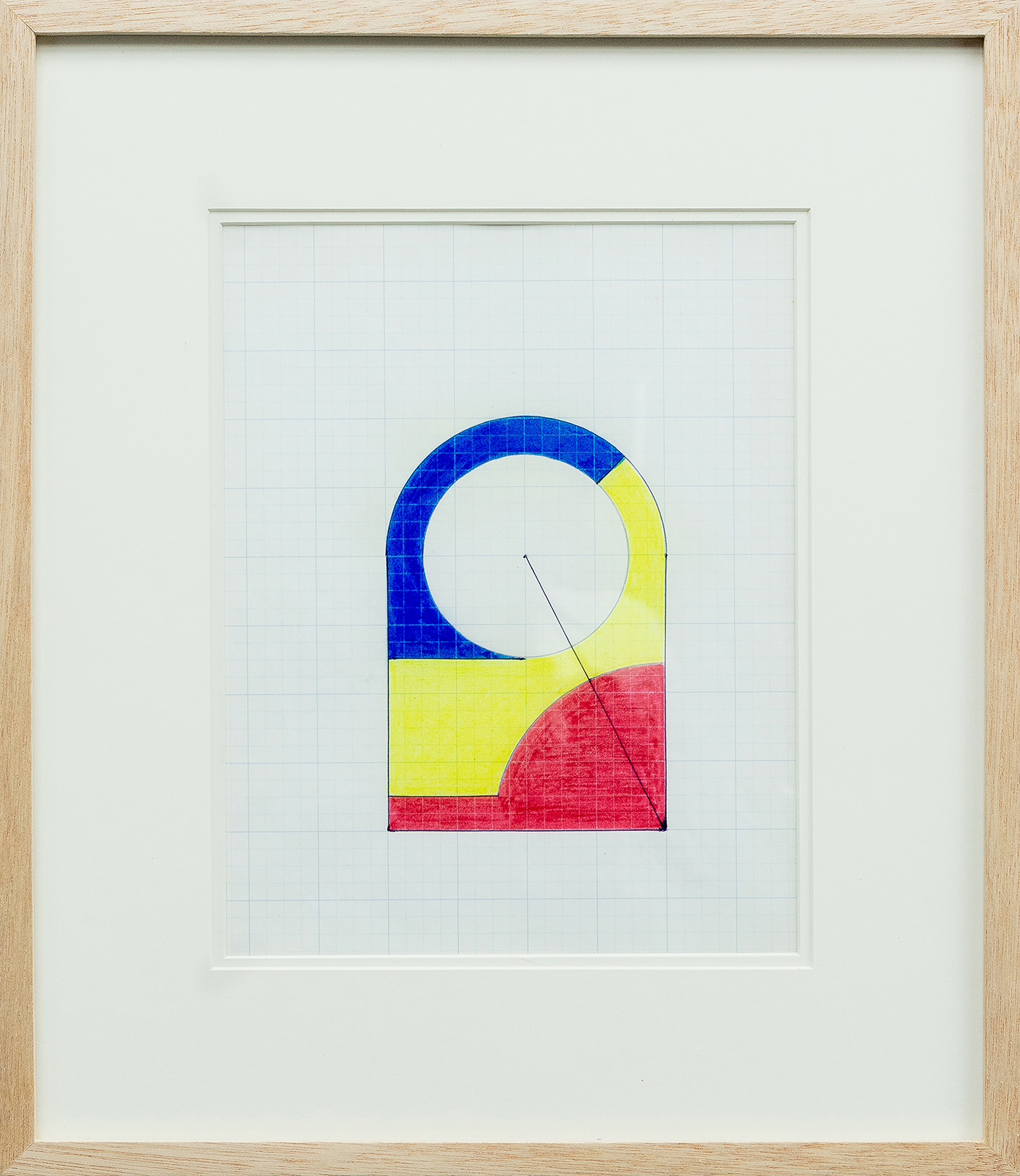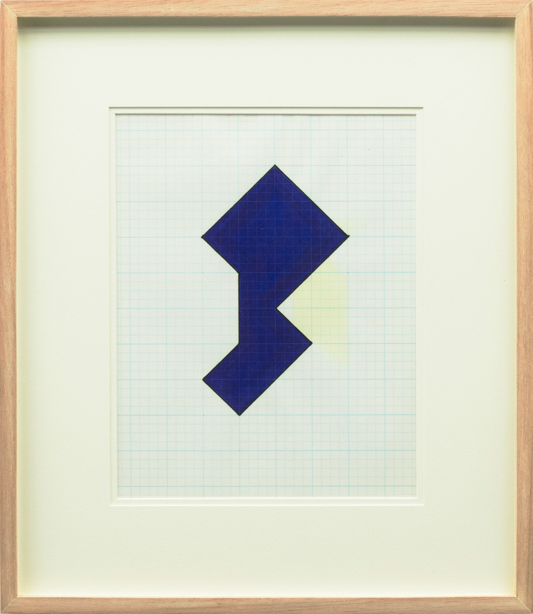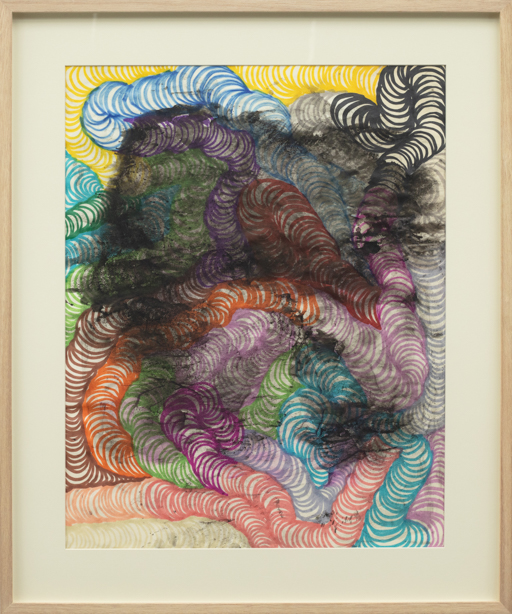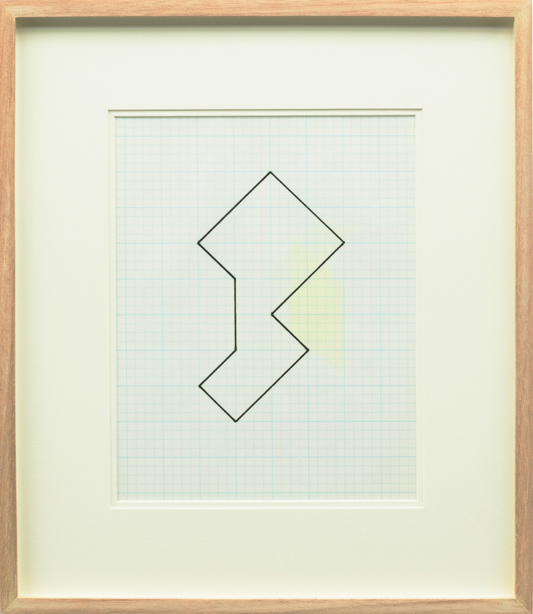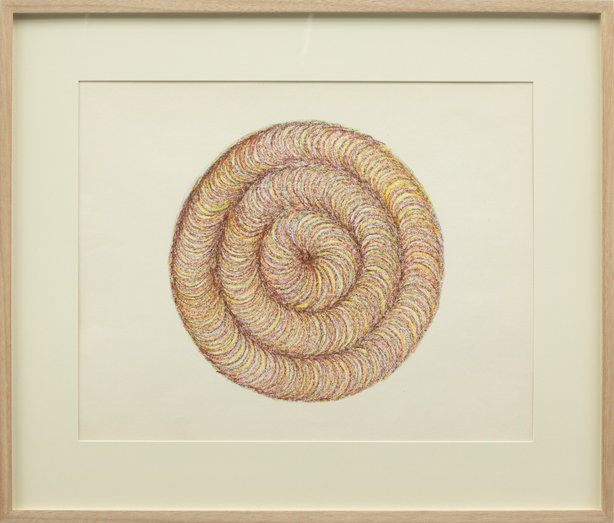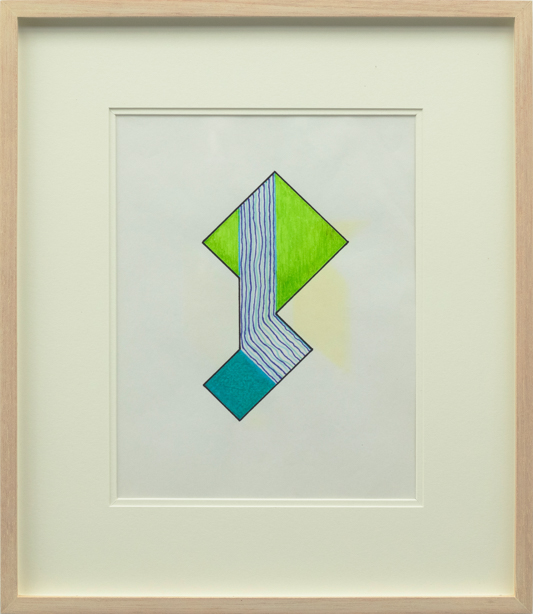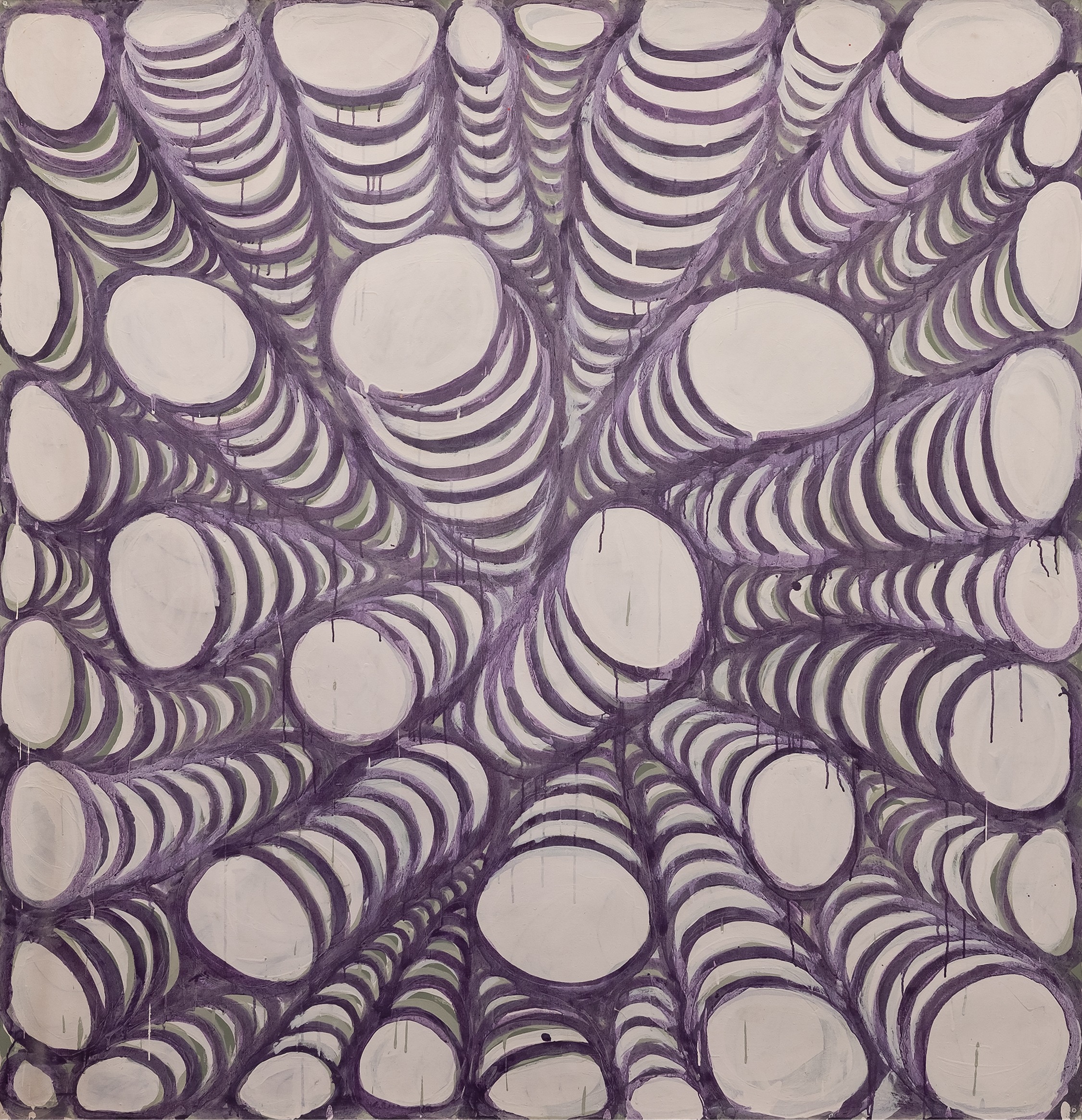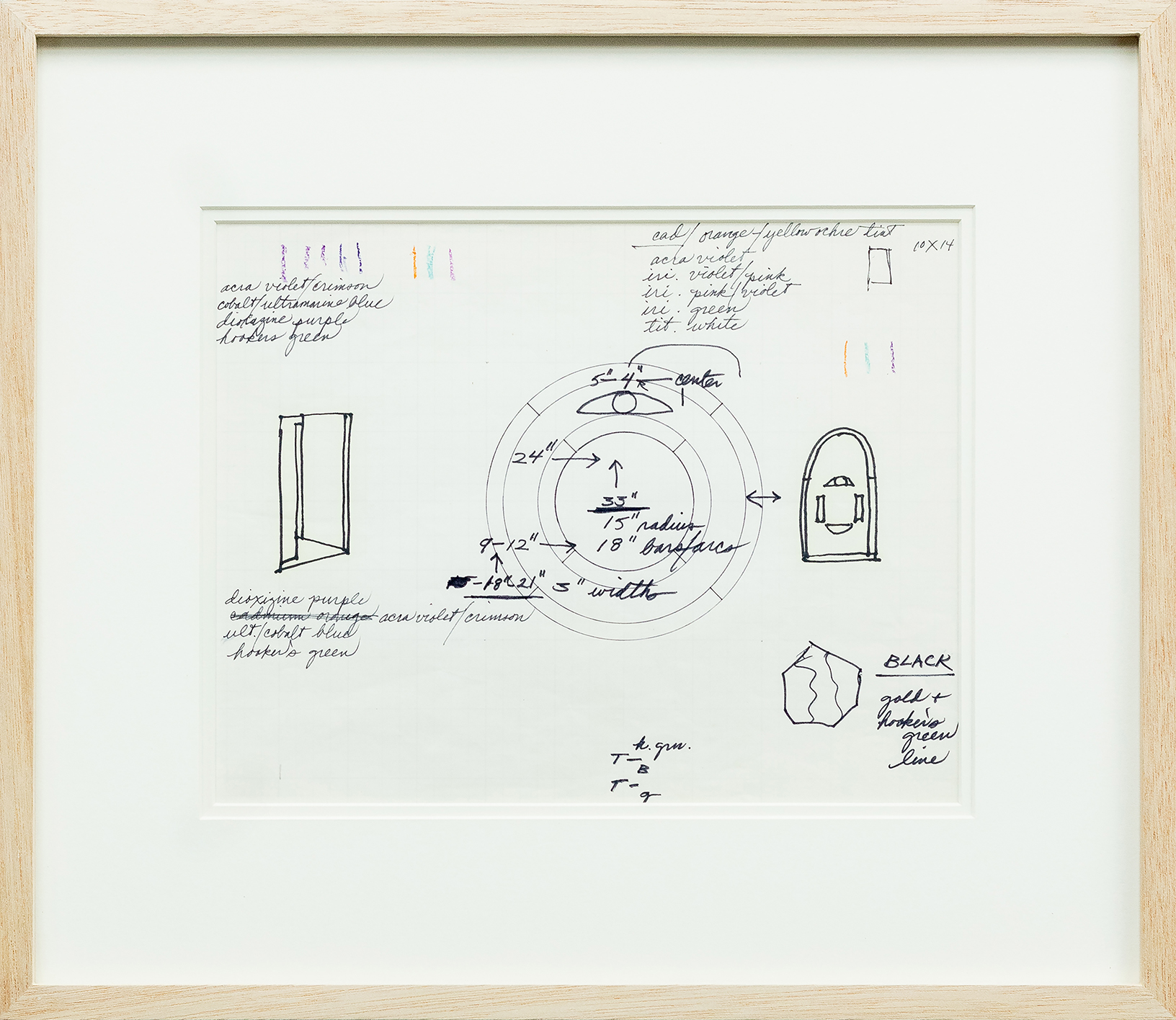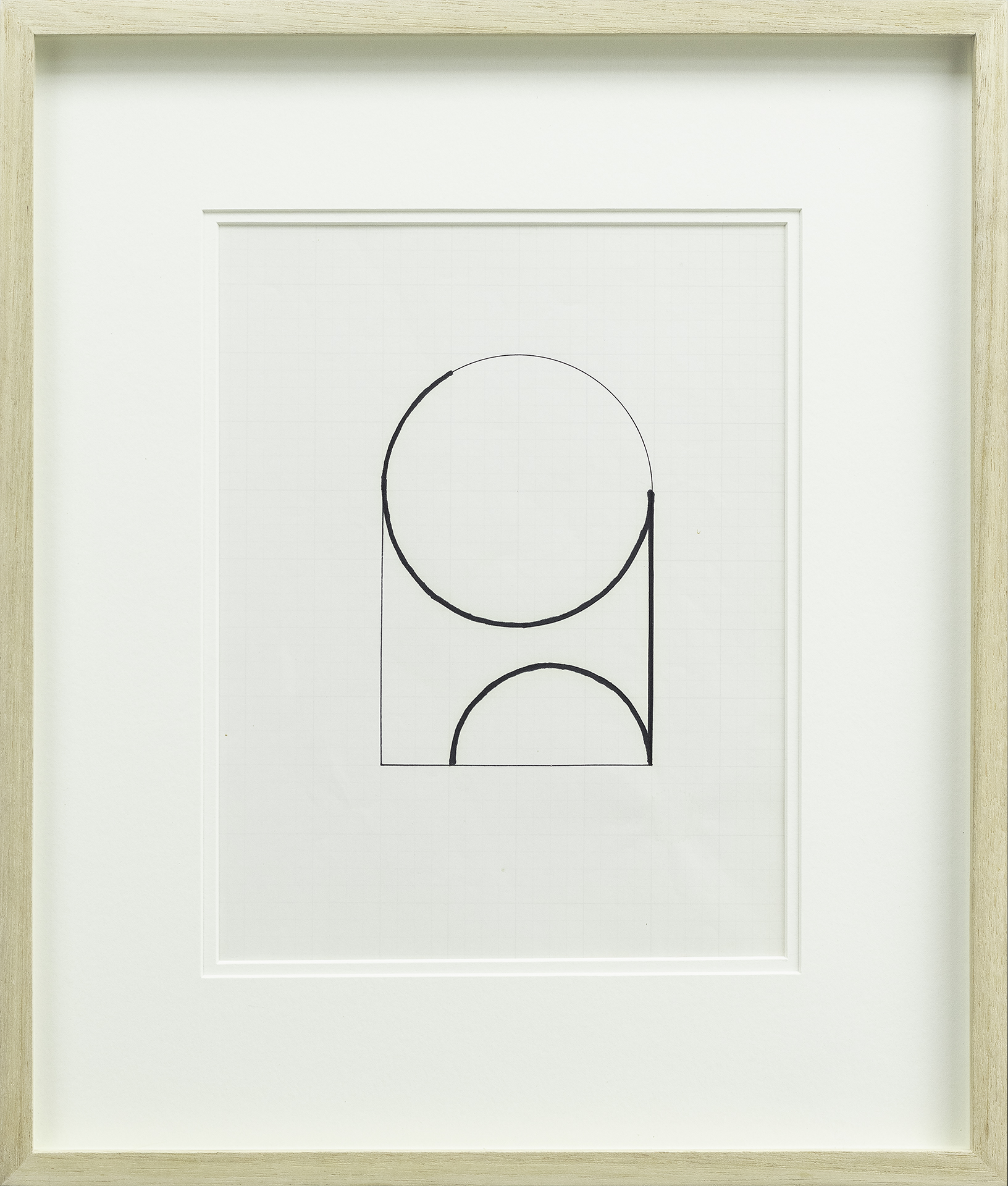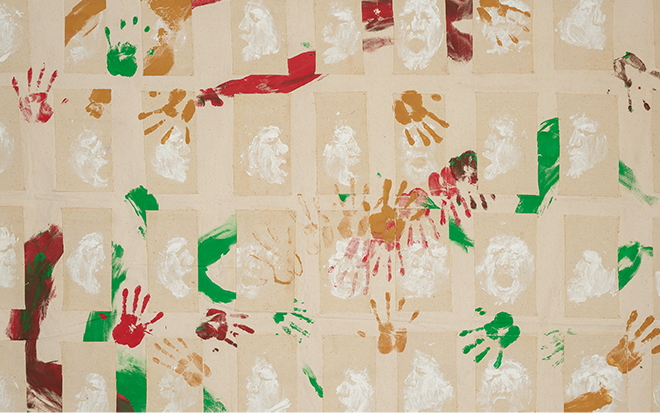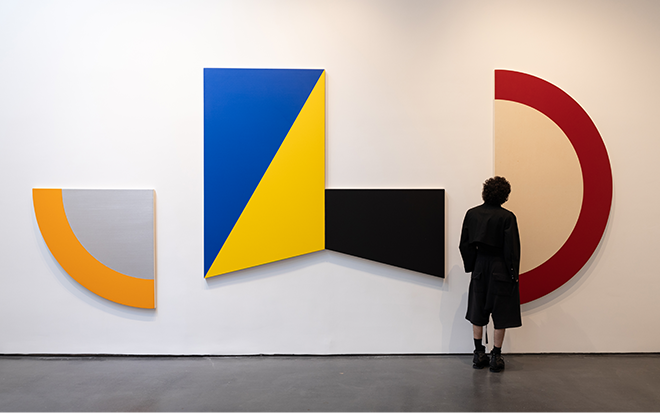
Carlos Villa and Leo Valledor: Drawings
Carlos Villa & Leo Valledor
Silverlens, New York
About
This exhibition at Silverlens New York marks the first presentation devoted to the drawings of Carlos Villa and Leo Valledor. Long known for their monumental paintings, here the artists work up close. On paper, their ideas are immediate and unguarded, holding the DNA of their major works while making their kinship plain: two artists for whom artmaking was a form of thinking, and where experimentation was the real subject. A few master paintings accompany the works, extending that dialogue and pairing the iconic with the intimate.
Villa and Valledor belong to a generation of Filipino and Filipino American modernists that expanded what modernism could hold, alongside Pacita Abad, Imelda Cajipe Endaya, and Santiago Bose. For Villa, that meant ancestry and ritual. For Valledor, color as space.
They grew up in the same diasporic community in San Francisco, affectionately called each other “cousins”, and stayed lifelong friends, whose dialogue shaped their art. In the 1960s they packed up and moved to New York. Downtown, Valledor co-founded the historic Park Place Gallery, a short-lived but legendary artist collective and exhibition space that defined geometric abstraction and new concepts of space. For Valledor, an artist of color marginalized in 1960s America, New York gave his ideas air; he found a community that welcomed risk and the freedom to push color and form into the beyond. Villa’s drawings from this same period, made in New York and among the only works to survive from the 1960s, hold the same sense of possibility, poised at the edge of the explosion that would define his mature work. Showing them in New York again restores a missing piece of that history.
For both artists, drawing was not preparatory but generative, a complete act in itself. Valledor’s works show his architectural precision. Many are on graph paper, the faint grid acting as scaffold and rhythm. Using pencil and felt-tip marker, he found a beating tempo between order and improvisation, echoing the jazz that kept him moving. Some shapes fill with dissolving gradients and dotted passages that drift like little confetti rivers, revealing a quiet kinship with his beloved cousin, Villa.
Meanwhile, Villa’s most recognizable motif, the coiling “slinky” form, appears throughout the drawings in looping technicolor lines. What first looks like a simple spiral becomes a charged ribbon of energy, ancestry, and motion. The form rolls through nearly every of his major works of the 1970s, his most iconic decade. It shows up in his seminal Tat2 self-portraits, his ceremonial capes, and his mixed-media paintings as a personal glyph. In the ballpoint drawings and rare centripetal compositions, the line tightens, graphic and precise, unexpectedly echoing Valledor’s discipline.
Though their mature works diverged sharply, on paper their kinship becomes clear. Freed from material weight, the drawings catch thought in motion.
Carlos Villa (b. 1936 - d. 2013, San Francisco, USA) was a San Francisco-born visual artist, grass-roots activist, curator, author, and educator for over 40 years at the San Francisco Art Institute, among other Bay Area institutions
In 2022, Villa received the first-ever major museum retrospective dedicated to the work of a Filipino American artist, which toured from the Newark Museum of Art to the San Francisco Art Institute and Asian Art Museum. Villa’s works were also included in the 2011 solo retrospective Manongs, Some Doors and a Bouquet of Crates at the Mission Cultural Center for Latino Arts in San Francisco, and Other Sources: An American Essay, a multidisciplinary, multiethnic exhibition centered around women and artists of color, curated by Villa and presented in conjunction with the 1976 American Bicentennial.
Leo Valledor (b. 1936 - d. 1989, San Francisco, USA) was a San Francisco-born, New York- based abstractionist and founding member of downtown Manhattan’s trailblazing Park Place Gallery, an artist collective and exhibition venue founded by ten emerging artists, many of whom are now recognized as among the most influential Modernists in American history.
Valledor’s strong understanding of color optics, geometric planes and dimensional illusion combined with shaped canvases to engage the viewing space in powerful ways. Influenced by luminaries such as Ellsworth Kelly and Frank Stella, Valledor’s work resonated with the color- field and minimalist aesthetics, distinguished by his inventive manipulation of space, shape, and color.
Valledor’s artistic legacy continues to reverberate through collections nationwide, with works in prominent collections including The Whitney Museum of American Art in New York, the San Francisco Museum of Modern Art, and the Philadelphia Museum of Art. Leo Valledor’s work has been exhibited at the San Francisco Museum of Modern Art, Daniel Weinberg Gallery, M. H. de Young Memorial Museum, and the Los Angeles Museum of Contemporary Art.
Installation Views
Works
